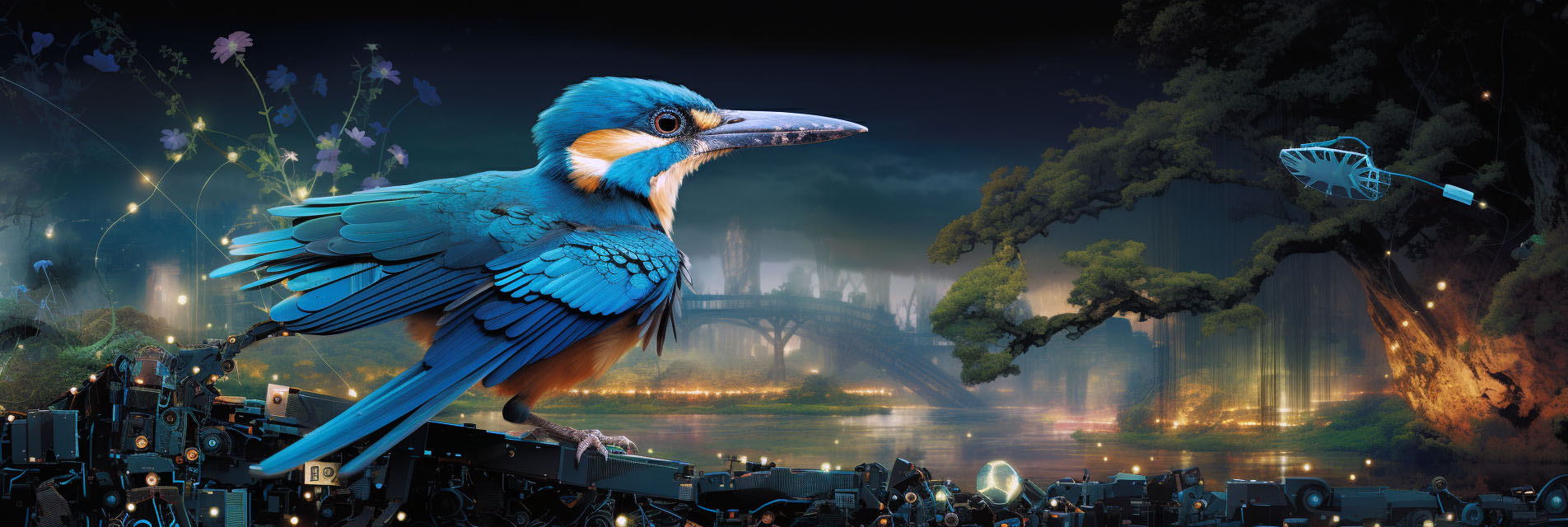

Bird-Watching Meets Artificial Intelligence: A Leap in Ecological Modeling
Artificial intelligence (AI) holds significant promise for ecological conservation, offering tools and methodologies to analyze and understand vast and complex ecological datasets in ways previously unimaginable. With the capability to process and interpret vast amounts of data rapidly, AI can help identify subtle changes in ecosystems, predict threats, and offer proactive solutions. For instance, using machine learning algorithms, researchers can analyze satellite imagery to monitor deforestation, track endangered species, or even predict and mitigate the effects of climate change on specific habitats. Moreover, AI-driven predictive models can forecast potential future challenges, allowing conservationists to take preemptive measures. By providing a deeper, data-driven understanding of ecosystems, AI empowers conservation efforts to be more precise, timely, and effective, ensuring a more sustainable coexistence between humans and nature.
Announced October 4, 2023, in a groundbreaking effort to harness the power of big data and artificial intelligence (AI) for bird conservation, birders and AI experts are teaming up to model intricate patterns in nature. This initiative goes beyond studying single species and delves into modeling entire ecological communities throughout their annual life cycles. Central to this endeavor are the contributions of over 900,000 bird enthusiasts who share their observations with the Cornell Lab of Ornithology's eBird program. When coupled with advanced AI technology, the insights from these observations offer an unprecedented understanding of bird biodiversity and its underlying processes.
This innovative computational tool is the outcome of a collaboration between the Cornell Lab of Ornithology and the Cornell Institute for Computational Sustainability, with findings recently published in the journal Ecology. Lead author Courtney Davis emphasizes the tool's capabilities, stating that it provides intricate details about species interactions, environments, and timings. This wealth of data can be pivotal for conservation efforts, especially when global biodiversity is under threat. Additionally, the tool's versatility is noted, with plans to expand its utility by estimating bird abundance and incorporating bird calls into the observations.
Recognizing the significance of such collaborative endeavors, Daniel Fink, a researcher at the Cornell Lab, stresses the need for interdisciplinary cooperation in conservation efforts. He believes that the challenges in biodiversity conservation require expertise from both ecologists and specialists in computer science and computational sustainability. By bridging these fields, there's potential for devising effective global conservation, restoration, and management strategies. This pioneering work has garnered support from various organizations, including the National Science Foundation and the U.S. Department of Agriculture’s National Institute of Food and Agriculture.
Webdesk AI News : AI Bird Conservation, October 4, 2023